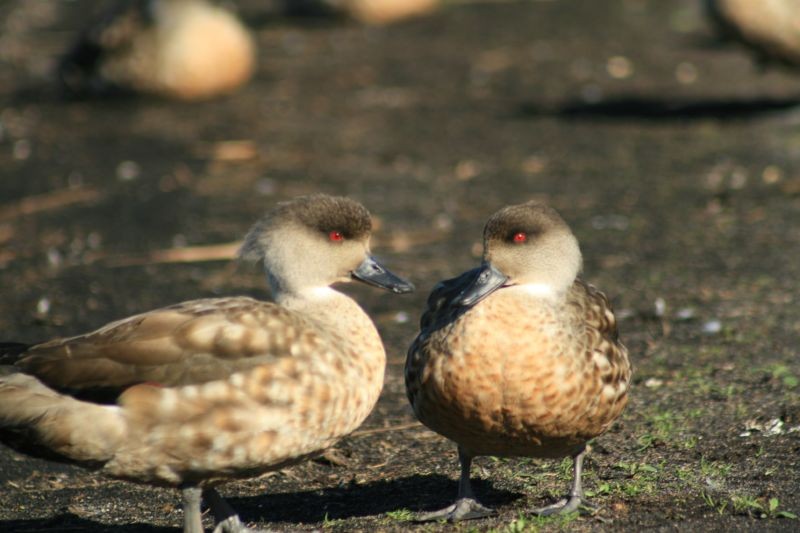Crested Duck
A species of Crested Duck Scientific name : Lophonetta specularioides Genus : Crested Duck
Crested Duck, A species of Crested Duck
Botanical name: Lophonetta specularioides
Genus: Crested Duck
Content
Description General Info
Description
The crested duck is a medium-sized waterfowl species, with adult males reaching up to just over a kilogram. Males and females look similar, with males having a slightly more prominent crest than females. The feathers of the mantle, back and scapulars are dark brown with pale centers, giving a mottled appearance. The abdomen, flanks and tail coverts are light gray, with the tail itself being distinctly elongated and black. The upperwing is gray brown to light brown, with the secondaries having an iridescent coppery to greenish sheen, with a broad back band behind, narrowly edged with white. Juveniles are similar but lack crests, have light brown faces, and paler abdomens than adults. 
Size
61 cm
Nest Placement
Cavity
Habitat
Crested Duck thrives across a span of wetland ecosystems, ranging from freshwater lowland marshes and high-altitude Andean lakes to saline coastal bays and beaches. Adapted to a broad altitudinal range, from sea level up to Andean peaks, they are found in diverse environments including alkaline lakes, bogs, and sheltered seaside areas rich in zooplankton.
Dite type
Omnivorous
General Info
Feeding Habits
Bird food type
Behavior
Crested ducks are non-gregarious, flocking only in areas of unusually high food supplies. Generally pairs will expel others of their own species as well as alien species from their foraging areas. For these reasons they are considered highly territorial 
Distribution Area
Crested ducks are endemic to South America. The two subspecies occupy different elevations in the Andes, with Lophonetta s. alticola occurring from 2500-4800m from Peru to central Chile and Lophonetta s. specularioides occurring below 1500m in the southern Andes near Patagonia and the Falkland Islands. The two subspecies co-occur in a zone of intermediate elevational habitats in Mendoza, Argentina and Talca, Chile. The crested duck is found in lakes, marshes, and grassy areas from shallow coastal bays to high elevation lakes. In the Altiplano, they gather in turbid, alkaline lakes with large concentrations of zooplankton. They reside in sheltered bays and on beaches along the coast, where they forage for clams and other marine amphipods among rocks and kelp beds 
Species Status
Crested duck is one of the most common duck species in the Tierra del Fuego and has been evaluated as Least Concern 
